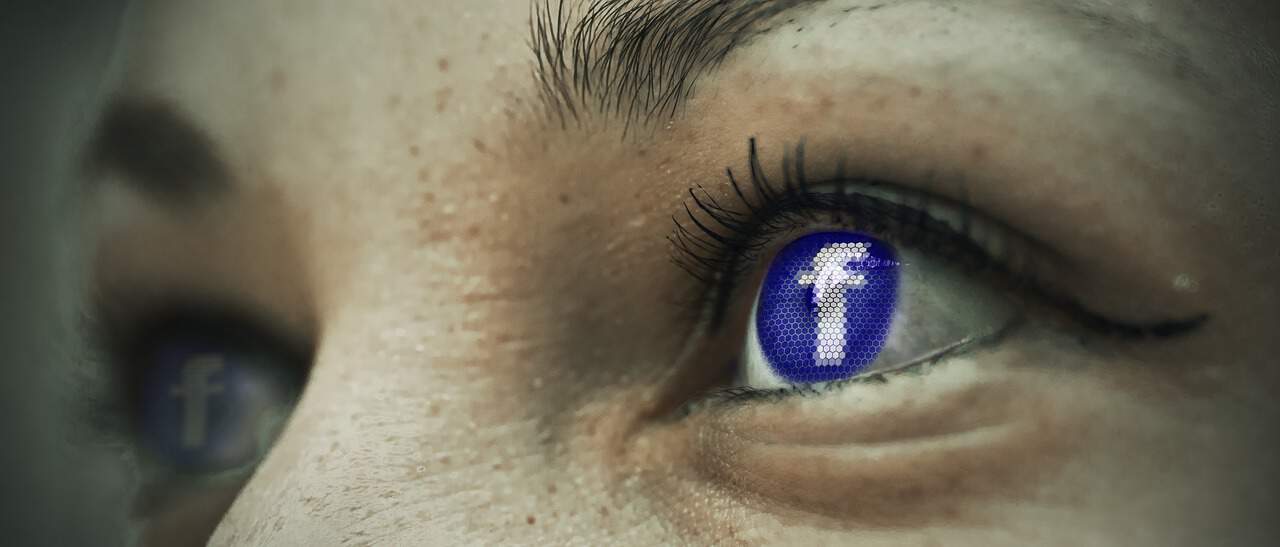
Do you understand the difference between presence, visibility and overexposure? Have you figured out how to apply the laws of scarcity to brand management? If not, then this post is for you. While a brand without exposure is not much of a brand, I consistently find that brand exposure is an aspect of brand management that is all too often overlooked as a success metric.
As I stated above, having an underexposed brand, or what I like to refer to as having a brand in stealth mode, means that you really don’t have much of a brand. Conversely, having a brand that is mismanaged through overexposure can cause a brand to go into decline by diluting hard earned brand equity. The reality is that premium brands are viewed as such because they jealously manage their brand exposure. They pay attention to the both the frequency and reach of their exposure. While they are careful to insure that their brands are visible to the right constituencies, they simply won’t allow overexposure. When a brand’s pedigree has an element of mystique, scarcity, intrigue, or sophistication, said brand will be in high demand. Let me be clear that I’m not advocating brand snobbery, just astute brand management based on time tested success principles.
Intelligent brands create at least some level of focused planning surrounding the issue of access to prevent overexposure. Once a brand is overexposed it becomes commoditized, diluted, and ultimately. will go into decline. While you might not detect brand taints associated with overexposure in the short-term, this principle holds true across most genres over time. Think about any overexposed brand that comes to mind and you’ll see that it quickly begins to lose its luster. Once a brand’s appeal begins to erode, it will require significant time and expense to recover. It is simply a more intelligent approach to consistently manage brand exposure than it is to let your brand run wild and then attempt to triage overexposure.
Let me offer just a few examples to help connect the dots: Recording artists that release too many CDs over too short of a time period hurt their own appeal. The same holds true with authors that release books with too high a frequency, or actors that churn out too many movies. You may also notice that politicians who confuse their real job with that of a media celebrity will lose the respect of their constituency and taint their effectiveness.
Please keep in mind that the personal brands of business people are not immune to the phenomenon mentioned above. The goal of a sound brand exposure strategy should be to increase your demand, which in turn allows you to pick and choose your opportunities, which in turn further increases your demand…the goal is not to seek every opportunity in the marketplace, but to have the right opportunities seeking you.
I’ll close today’s post with a prime example of personal branding overexposure that while a pet-peeve of mine, will certainly draw the ire of many. I’m a huge believer in the use of social media and social networking to further brand exposure. That said, I have little use for social networking junkies who collect friends/followers/contacts just for the sake of watching the numbers go up, while adding little or no value to their network. I would suggest that if your brand is based solely upon the quantity of contacts in your LinkedIn network, or the number of followers you’ve amassed on Twitter, and not the qualitative relevancy of said contacts, then you are more likely stroking your ego than you are acting as an astute personal brand manager. If no real interaction, no real value add, or no real engagement takes place, then while you might have a lot of contacts you likely have very few relationships – there is a difference.
Thoughts?
This website uses cookies.